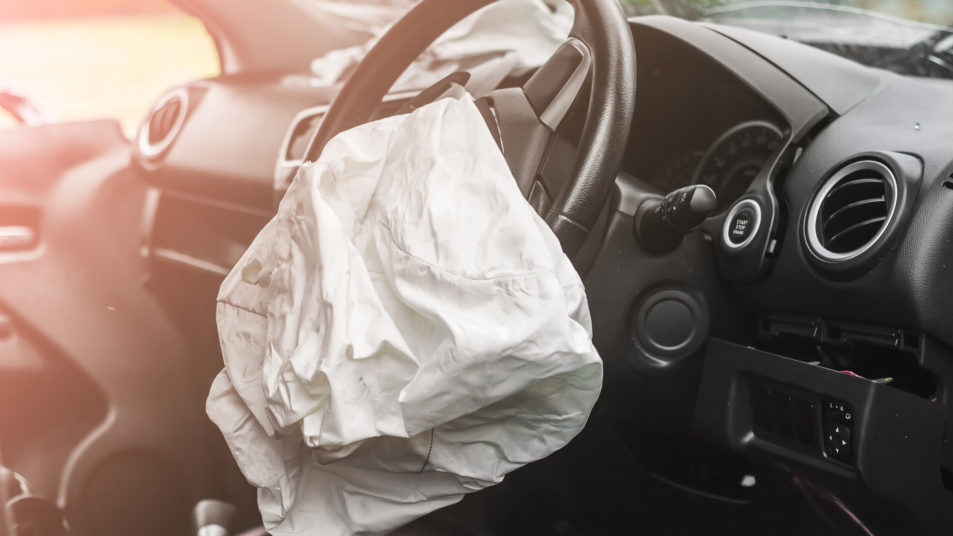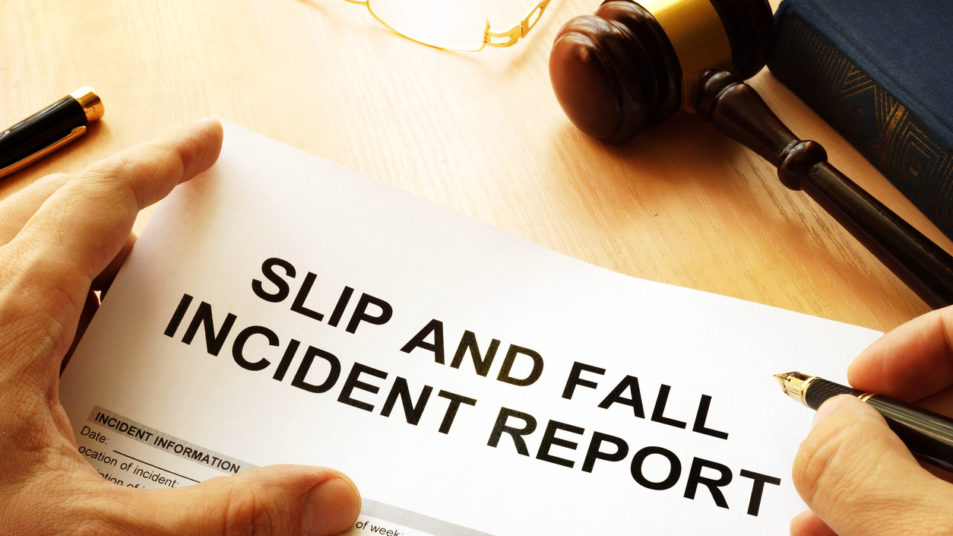If Airbags Did Not Deploy in a Car Accident, Is the Car Company Liable?
Airbags are designed to keep drivers and passengers protected. Vehicles are heavily marketed for their safety features, which includes having effective airbags.
Crash test results are boasted about by manufacturers who use successful results to attract buyers because they are deemed the “safest” car on the market. However, sadly, not all airbags are safe and there can be catastrophic injuries or even death if one fails to deploy during an accident.
If you were in an accident and your airbag did not deploy, you may have a personal injury claim against the manufacturer of the vehicle. You could also have a case against the manufacturer of the airbag or any company that inspected the vehicle for safety.
According to Michele Mirman, a car accident lawyer in New York City, “These companies have a duty to the consumer to make a safe product. If they violate that responsibility, they can be held accountable.”
How Do Airbags Deploy?
Contents
Cars and other automobiles are built with a number of safety measures, including airbags. Airbags can be both on the driver’s side and the passenger’s side. The purpose of an airbag is to reduce the physical effects of an automobile accident. More specifically, they are designed to reduce head injuries by cushioning the neck and head during the forward movement of a collision.
Airbags are most commonly located behind the steering wheel or the passenger side dashboard. They can also be located on the sides of the vehicle. Airbags rely on two things: timing and a small explosive charge. The airbag begins to inflate the second the vehicle begins to slow down as the result of a collision.
Each airbag has an accelerometer attached to it that detects the deacceleration of speed. If it is faster than a normal breaking pattern, the accelerometer will activate the airbag circuit.
The airbag circuit passes through a heated electrical current that ignites a slow chemical explosive. This explosion creates a harmless gas that fills the airbag when it deploys. The airbag begins to deflate the second it makes contact with the driver’s or passenger’s head. If functioning correctly, the airbag should be completely deflated by the time the automobile comes to a total stop.
What Causes Airbags to Not Deploy?
Speed or Type of Crash
Airbags do not deploy in every collision. One main reason they may not is the nature of the crash. The majority of airbags are most effective in moderate to severe crashes involving the front of the vehicle. Airbags generally deploy if the speed is at least 8 to 14 mph.
If the crash is minor or at a low speed, it may not trigger the circuit that deploys the airbag. Also, since most airbags are located at the front of the car, they may not deploy if the collision is to the back or side of the vehicle.
Design or Manufacturing Defect
Defects in the manufacturing or design of the airbag may also be at fault. Types of defects include airbag sensor defects and defective electrical components. These defects are usually to blame when the airbag deploys early, late, or unexpectedly when there is no collision.
If the defect is great enough, the airbag could even explode. Additionally, there could be a defect in the design of the airbag itself which led to an injury because it did not deploy correctly.
Installation Errors
Finally, there may have been an issue with installation or safety check that caused the airbag to not deploy. A common example of this is car manufacturers cutting costs in the installation by making the location of the airbag ineffective because wires were routed through areas that were vulnerable to being severed or damaged.
It is also possible that a negligent safety check was performed that could have found the defect. However, the defect went unnoticed because the check was not done correctly or to the company standard.
Do You Have a Personal Injury Case?
You may have a personal injury case if you have an injury that was caused by an airbag malfunction. Usually, these injuries are caused by the airbag not deploying or deploying at an incorrect time.
Examples of these types of injuries include neck whiplash, face lacerations, hearing damage, broken bones, soft tissue damage, brain injuries, concussions, organ damage, or even death.
To prove that an airbag or automobile manufacturer is to blame for the injuries caused by a defective airbag, the law of strict liability applies. Automobile and airbag manufacturers have a responsibility for providing a product that is properly designed and tested to ensure customer safety.
To be successful in a personal injury claim, you will need to prove two things:
- The airbag had an unreasonably dangerous defect and,
- The specific defect caused injury or harm.
If you can prove these things, you may be able to recover monetary compensation to help recover from your injury. Contact an experienced personal injury lawyer in your area to learn more about your legal rights and options.


